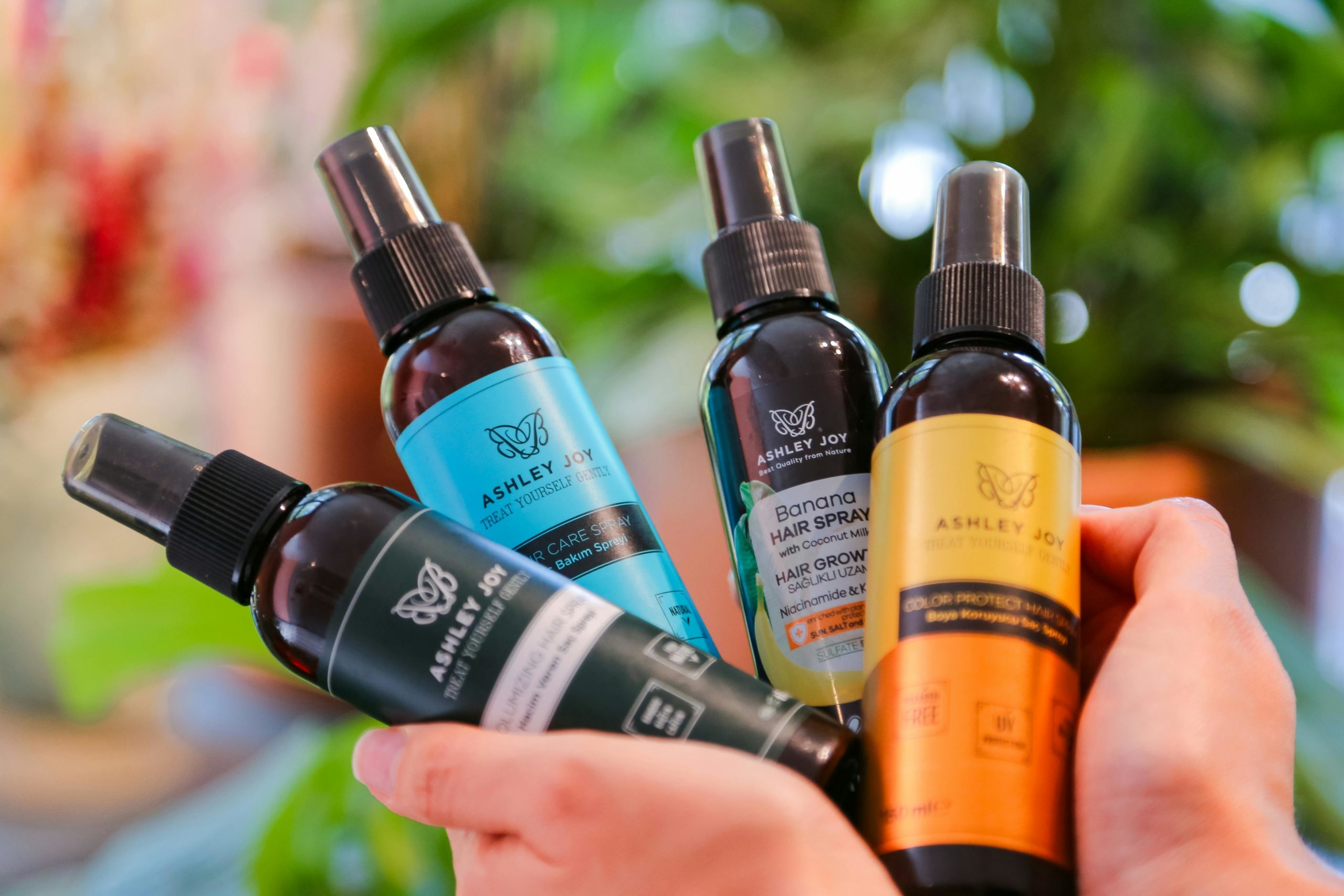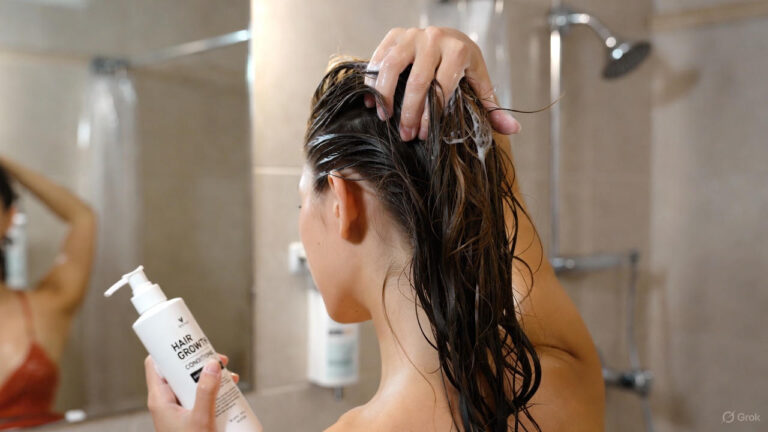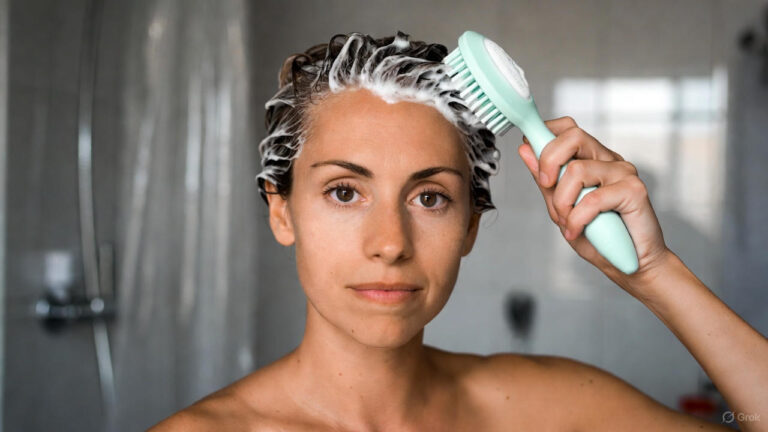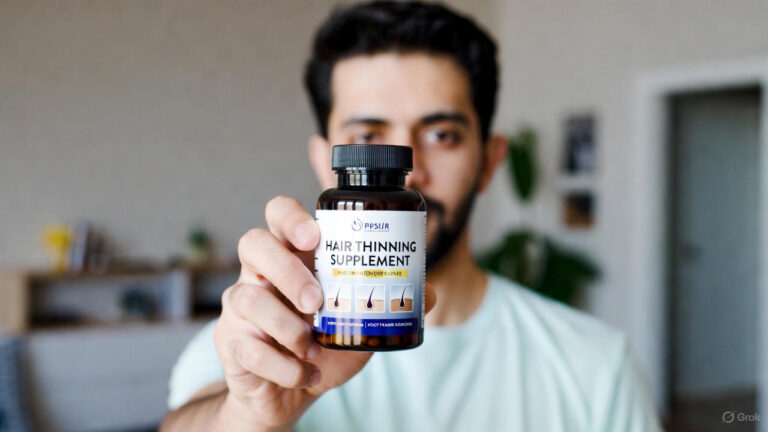A hair mask can be a game-changer. Whether you’re dealing with dryness, damage, or lackluster hair, a quality hair mask can nourish, repair, and revitalize your strands. However, with a plethora of options available, choosing the right hair mask for your specific hair concerns can be overwhelming. Fear not!
In this comprehensive guide, we’ll delve into the world of hair masks, exploring the various types, ingredients, and application methods to help you make informed decisions and achieve your hair goals.
Understanding Hair Concerns
Whether you’re battling frizz, breakage, or dullness, identifying your hair’s unique needs is the first step towards finding the perfect solution. Common hair concerns include dryness, damage from heat styling or chemical treatments, lack of shine, frizz, and thinning or hair loss.
Types of Hair Masks
Hair masks come in various forms, each designed to address specific hair concerns and types. Understanding the differences between these types can help you narrow down your options and choose the most suitable hair mask for your needs.
1. Moisturizing Hair Masks
Moisturizing hair masks are formulated to replenish moisture and hydration to dry, dehydrated hair. These masks often contain ingredients like shea butter, coconut oil, and argan oil, which help nourish and soften the hair, leaving it smooth, shiny, and more manageable.
2. Repairing Hair Masks
Repairing hair masks are ideal for addressing damage caused by heat styling, chemical treatments, or environmental factors. These masks typically contain protein-rich ingredients such as keratin, collagen, and amino acids, which help strengthen and fortify the hair, reducing breakage and split ends.
3. Smoothing Hair Masks
Smoothing hair masks are designed to tame frizz and flyaways, leaving the hair sleek, smooth, and frizz-free. These masks often contain ingredients like silicone, which helps create a protective barrier around the hair shaft, sealing in moisture and preventing humidity from causing frizz.
4. Color-Protecting Hair Masks
Color-protecting hair masks are formulated to preserve and enhance the vibrancy of color-treated hair. These masks often contain UV filters and antioxidants to shield the hair from fading and damage caused by sun exposure and environmental pollutants.
5. Volumizing Hair Masks
Volumizing hair masks are designed to add body and fullness to fine or limp hair. These masks typically contain ingredients like rice protein, which helps strengthen and plump the hair strands, creating the appearance of thicker, more voluminous hair.
Choosing the Right Ingredients
When selecting a hair mask, it’s essential to pay attention to the ingredients list to ensure it aligns with your hair concerns and goals. Here are some key ingredients to look for based on common hair concerns:
Dryness:
- Hyaluronic acid
- Shea butter
- Coconut oil
- Argan oil
Damage:
- Keratin
- Collagen
- Amino acids
- Biotin
Frizz:
- Silicone
- Avocado oil
- Olive oil
- Jojoba oil
Color Protection:
- UV filters
- Antioxidants (e.g., vitamin E, green tea extract)
- Hydrolyzed silk proteins
Volume:
- Rice protein
- Panthenol (provitamin B5)
- Biotin
- Niacinamide (vitamin B3)
Factors to Consider When Choosing a Hair Mask
1. Hair Type and Texture
Just like skincare products, hair masks are not one-size-fits-all. Different hair types and textures require different formulations to achieve optimal results. For example, those with fine hair may prefer lightweight, hydrating masks that won’t weigh down their strands, while individuals with thick, coarse hair may benefit from richer, more nourishing formulas.
2. Ingredients
When selecting a hair mask, pay close attention to the ingredients list. Look for hydrating ingredients like coconut oil, shea butter, and argan oil, which can help replenish moisture and restore shine to dry, damaged hair. For those dealing with frizz and flyaways, ingredients like keratin and silk proteins can help smooth and tame unruly strands.
3. Specific Hair Concerns
Consider your specific hair concerns when choosing a hair mask. Are you looking to repair damage from heat styling or chemical treatments? Or do you need extra hydration to combat dryness and brittleness? Identifying your primary hair concerns will help you narrow down your options and choose a mask that targets those specific issues.
4. Treatment Duration
Hair masks come in various forms, from rinse-off treatments to leave-in formulas. Consider how much time you’re willing to dedicate to your hair care routine and choose a mask that fits your lifestyle.
Rinse-off masks are typically applied after shampooing and left on for a few minutes before being rinsed out, while leave-in masks can be applied to damp or dry hair and left on without rinsing.
5. Budget
Finally, consider your budget when choosing a hair mask. While there are plenty of high-end options available, there are also affordable drugstore alternatives that can deliver similar results. Determine how much you’re willing to spend and explore options within your price range.
Application Tips and Techniques
Once you’ve chosen the right hair mask for your hair concerns, it’s essential to use it correctly to maximize its effectiveness. Here are some tips and techniques for applying a hair mask:
- Start with clean, towel-dried hair.
- Apply the mask evenly from roots to ends, focusing on the areas where your hair needs the most attention.
- Use a wide-tooth comb or your fingers to distribute the mask evenly throughout your hair.
- Leave the mask on for the recommended amount of time (typically 5-30 minutes, depending on the product).
- Rinse thoroughly with lukewarm water to remove the mask, then follow up with your regular shampoo and conditioner routine.
Conclusion
Choosing the right hair mask for your hair concerns is essential for achieving healthy, beautiful hair. By understanding your specific hair needs, selecting the appropriate type of mask, choosing the right ingredients, and using it correctly, you can nourish, repair, and revitalize your strands for a luscious, head-turning mane.
FAQs
Q1: How often should I use a hair mask?
It depends on your hair type and the condition of your hair. For dry or damaged hair, using a hair mask once or twice a week is recommended. For maintenance, once every 1-2 weeks should be sufficient.
Q2: Can I leave a hair mask on overnight?
While leaving a hair mask on overnight can provide deeper conditioning, it may not be suitable for all hair types and masks. Some masks may contain ingredients that can cause irritation or weigh down the hair if left on for too long. It’s best to follow the instructions on the product label and do a patch test before leaving a mask on overnight.
Q3: Can I use multiple hair masks at the same time?
It’s generally not recommended to use multiple hair masks simultaneously, as this can overload the hair with product and lead to buildup. Instead, focus on addressing one hair concern at a time and choose a mask that targets that specific issue.
Q4: Are DIY hair masks as effective as store-bought ones?
DIY hair masks can be effective, depending on the ingredients used and how they are formulated. However, store-bought masks often contain a combination of carefully selected ingredients and are formulated to deliver specific results. If you choose to use DIY hair masks, do thorough research and patch tests to ensure safety and efficacy.
Q5: Can I use a hair mask if I have oily hair?
Yes, you can use a hair mask if you have oily hair, but it’s essential to choose a mask specifically formulated for your hair type. Look for lightweight, non-greasy formulas that won’t weigh down your hair or exacerbate oiliness. Focus on applying the mask to the ends of your hair rather than the roots to avoid adding excess oil.



